1/48 Lloyd CL II by Special Hobby
World War I began as the last Napoleonic War revolving around infantry, artillery and cavalry, but quickly devolved into mass carnage at the hands of machine guns, barbed wire, poison gas and massed high explosives. Sweeping maneuver was replaced by trenches and stalemate. The advent of aircraft allowed the ground forces to see behind enemy lines to track troop movement and battle preparation, as well track shell fall of their guns. Soon the enemy sent up aircraft to shoot down these airborne snoops.
Both sides soon realized the need to arm these aerial eyes to protect themselves from other aircraft. Early warplanes looked like birds (can you say Etrich Taube?), while others looked like kites with motors, or engineering nightmares. Into this morass stepped Lloyd with an aircraft that resembled a Frankenstein's bird, the Lloyd CLII. The Germans were underwhelmed by its performance, and relegated it to their ally, Austria-Hungary.
This has got to be one of the most ungainly aircraft ever to be flown in combat. The pilot was hunkered down peering forward UNDER the radiator. And should that radiator take any damage, guess who got steam cleaned? As well, the pilot's aim had to be a bit off as his forward firing gun is in that odd box thingy
I picked up this kit at Modelpalooza a couple of years ago for a song -- the fuselage halves were already assembled and the box was falling apart. Nonetheless, I had a great time putting it together. The plastic was a bit clunky, but generous use of sanding sticks made the cockpit walls more appropriately thin. The included PE made the gunner's position
The camo is called "falling leaf" and is a dark linen base with brown and green
All in all, a fine kit of an odd aircraft. How far we've come . . . .

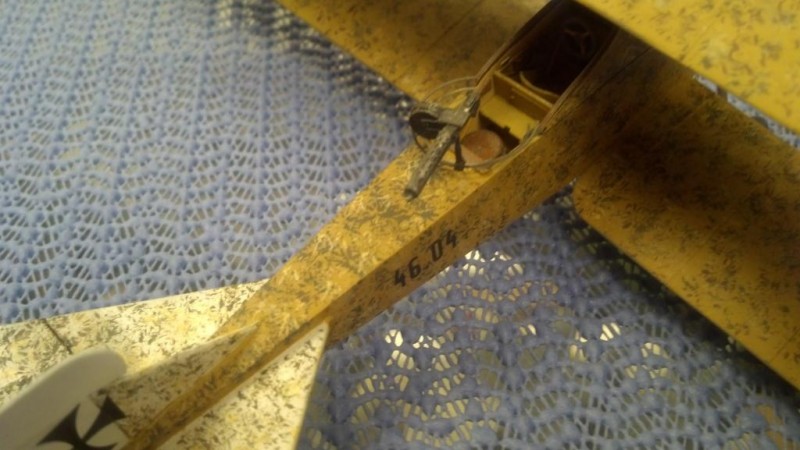
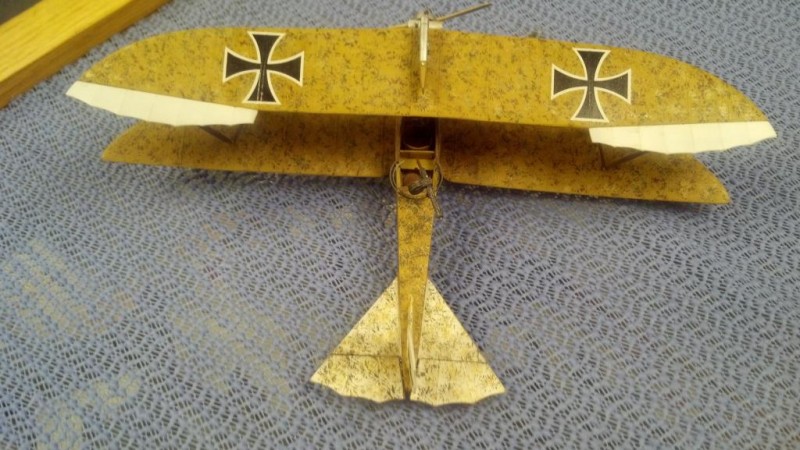
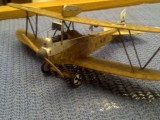
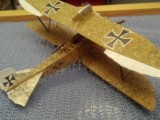
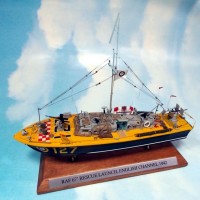
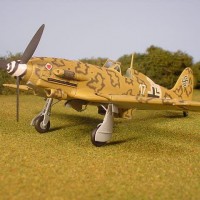
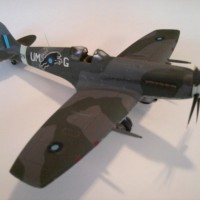
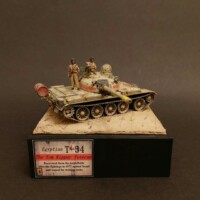
Quite the unique finish...never have seen one like it. You did an outstanding job on it, too.
Very impressive.
Nicely done. You could try this paint method out on one of Eduard Flashback's Austro-Hungarian Aviatik Berg D.1 1/48 WW1 Fighter model kit kits. These AC sported and interesting three color mottled/splatter camo schemes of autumn leaf or Summer Leaf.
Aviatik D.I By PM Gross WINDSOCK DATAFILE 45 is a good reference source for this AC.
Good lead. I have that kit and will move it up the stack of to-do's!
Very successful application of a challenging scheme, Michael, and your construction looks very clean. Glad you were able to rescue this kit from oblivion.